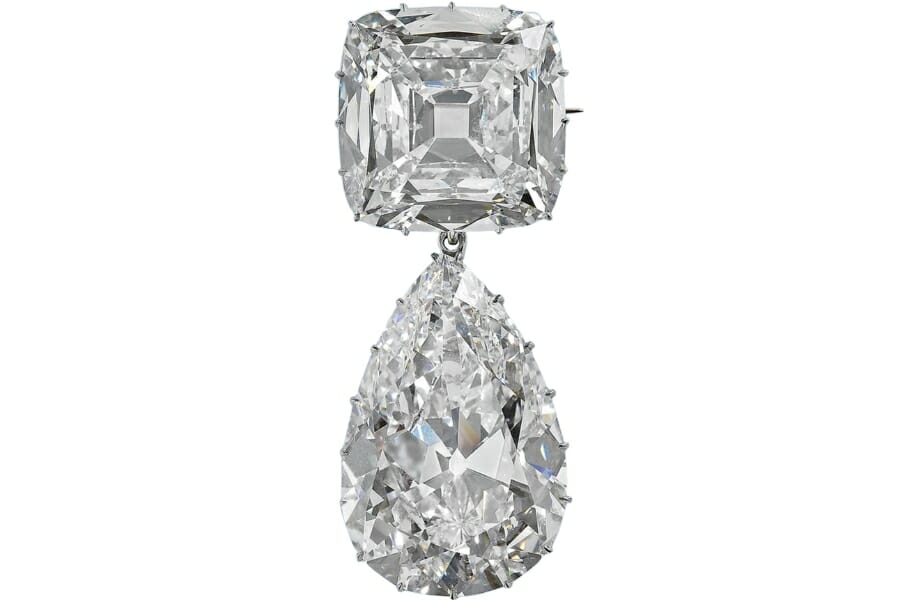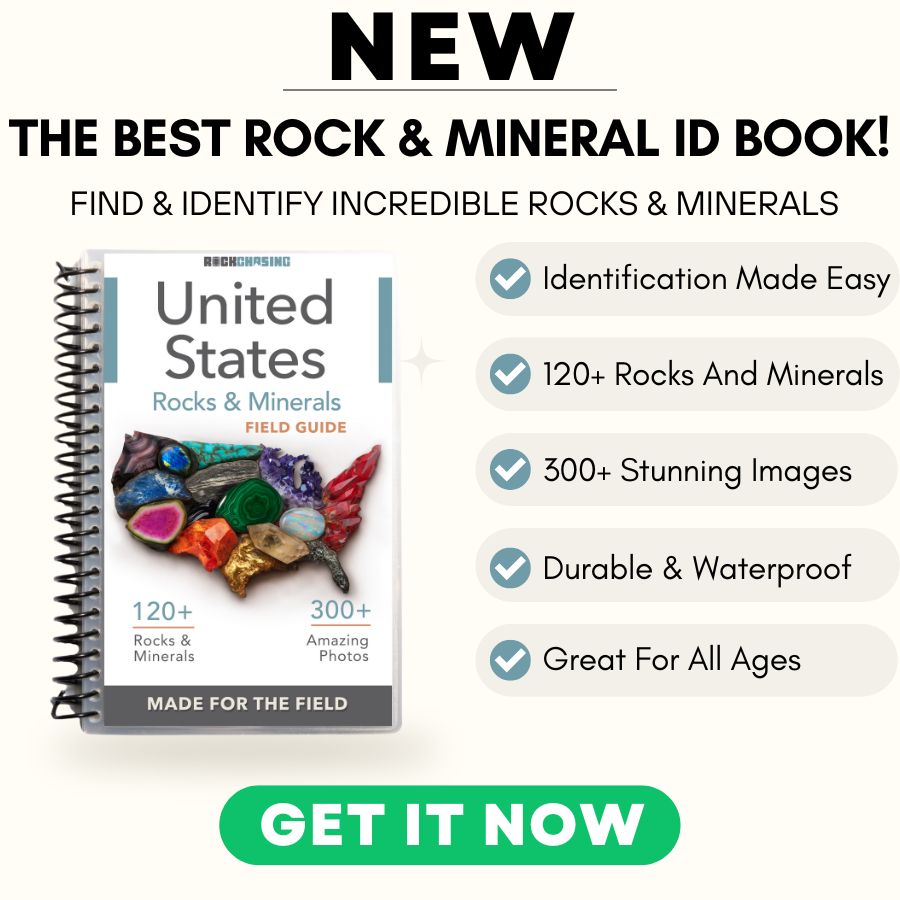Imagine for a moment that you have a treasure trove filled with shiny, sparkling gems. Some of these are crystals, while others are highly sought-after diamonds.
Though they may look similar at first glance, the differences between crystals and diamonds cannot be more defined. While both can dazzle us with their beauty, they each have their own unique features and characteristics.
Crystals have been a part of our world’s history for ages, while diamonds are hailed as the ‘king of gems’. But how different and alike is crystal vs diamond, really? We’re about to embark on a journey into the world of these two geological wonders.
By the end of our exploration, you’ll not only have a deeper appreciation for their beauties but also a richer understanding of their places in our world.
Crystal vs Diamond – The Major Differences
To the untrained eye, crystals and diamonds can be deceivingly similar. But don’t be fooled! In fact, in many major aspects, crystals and diamonds are actually two very different rocks.
Color – Crystals come in different colors and transparency
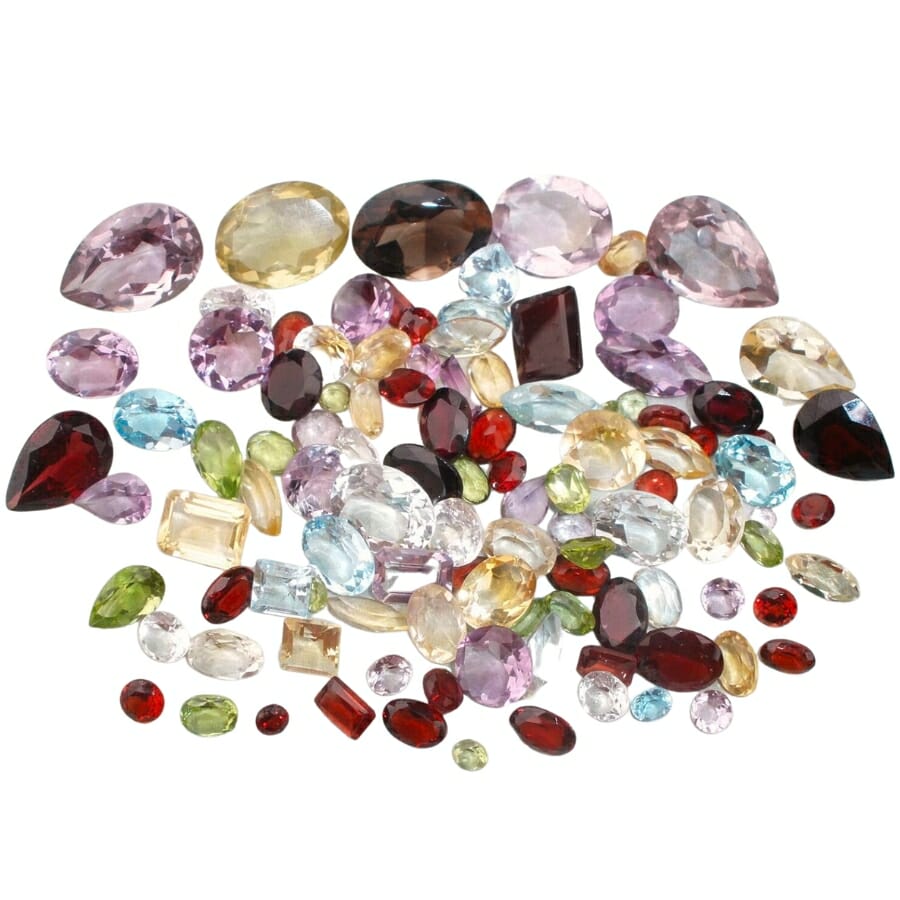
Crystals come in a rainbow of colors. From the soft hues of rose quartz to the deep purples of amethyst and the vibrant greens of malachite, this wonder is like a painter’s palette.
Their appearance can vary, too. Some crystals might be transparent, while others could be opaque or even have a cloudy or milky look to them.
As for diamonds, most people might think they’re always clear or white. But did you know they can have colors too, like yellow, blue, or even pink?
When it comes to appearance, a well-cut diamond will sparkle brilliantly, especially when light hits it. This is because it breaks light into all the colors of the rainbow, creating a dazzling display.
In a nutshell, while both crystals and diamonds can be colorful and sparkly, they show these features in their own unique ways.
Luster – Diamond shines more than any other crystal
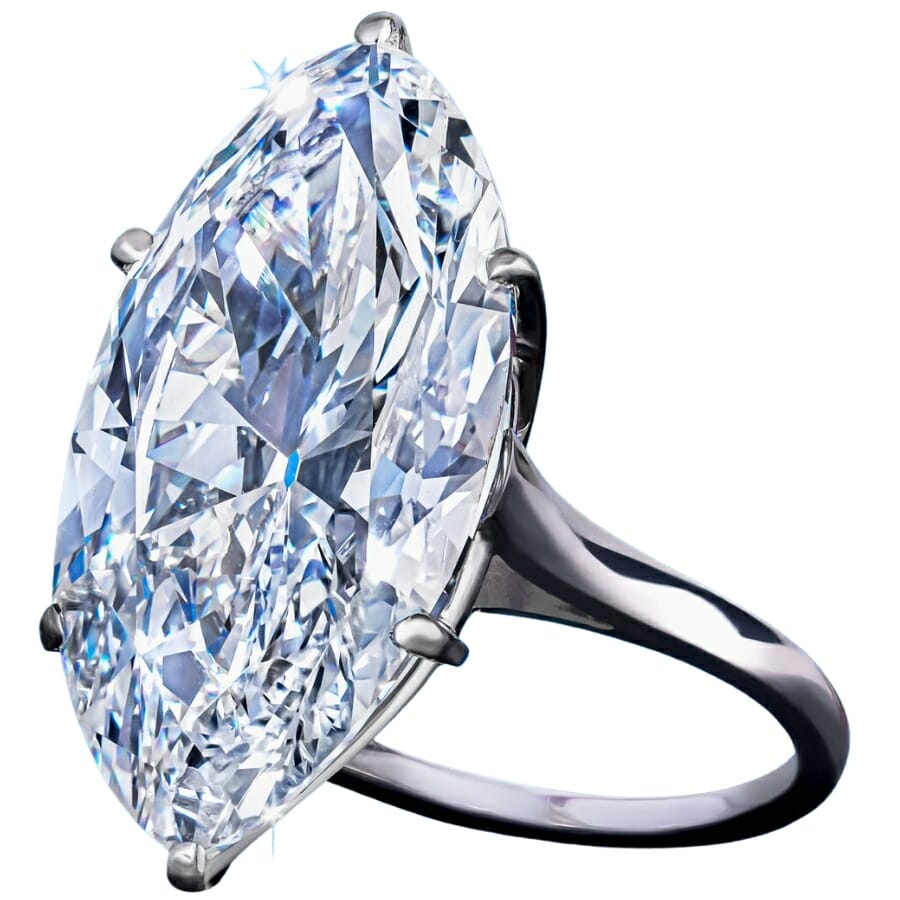
Luster describes how a mineral reflects light. Like when you’re shining a flashlight on different objects: some might gleam brightly, while others might have a softer glow.
The term crystal covers a big family of minerals. This means they can have different types of luster. Some might have a vitreous luster, which means they shine like glass.
Others might have a pearly luster, making them look like the inside of a seashell. There are also crystals with a metallic luster, which makes them gleam like a piece of metal. The variety is vast!
Diamonds, on the other hand, have a very special kind of luster called adamantine. They shine super brightly, more than any other mineral. When light hits a diamond, it bounces around inside, creating a super brilliant sparkle.
Crystal Structure – Crystals have different crystal structures
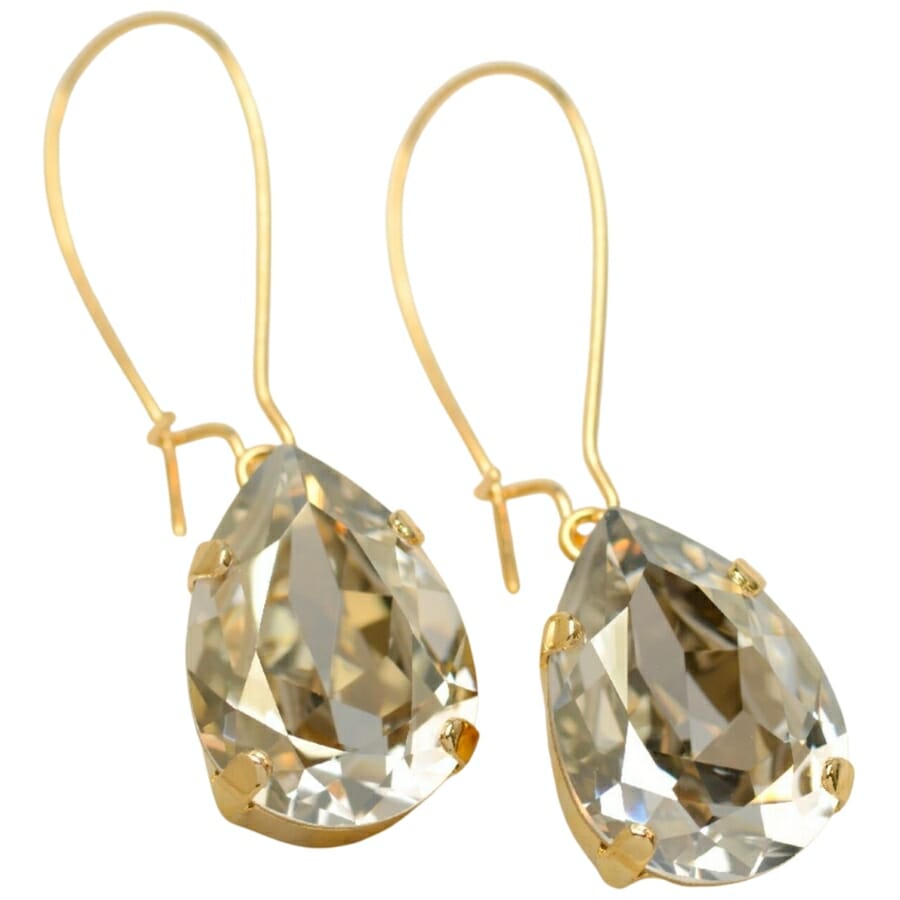
Let’s imagine building something with tiny blocks. The way you arrange these blocks will determine the final shape and strength of your structure. Similarly, in the world of minerals, how the atoms come together determines a mineral’s crystal structure.
Just like there are a bunch of buildings, from skyscrapers to cottages, each with different layouts, there are many types of crystal structures.
For instance, halite has a cubic structure. Its atoms are neatly stacked like boxes in a warehouse. Meanwhile, quartz has its atoms arranged in a hexagonal pattern, kind of like a honeycomb in a beehive.
Zoom in on diamonds, you’ll see that they have a unique crystal structure. Its carbon atoms are arranged in a very specific way, creating a 3D pattern that looks like a bunch of tiny pyramids stuck together.
Cleavage – Diamond has a perfect cleavage
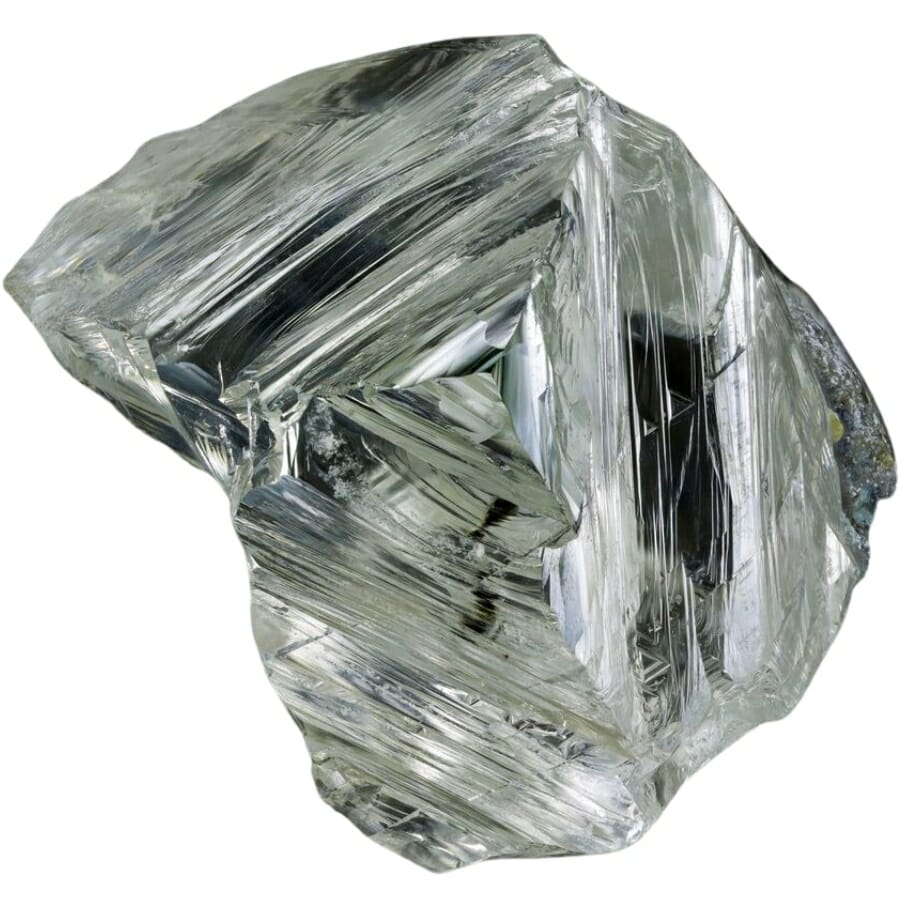
Ever tried to split a piece of wood? Some parts split easily in straight lines, while others might be more challenging. Similarly, in the world of minerals, cleavage describes how they break when force is applied.
Crystal is a bit general because lots of minerals can form crystals, like salt or quartz. Depending on what type of crystal it is, the cleavage can be different.
Some might break in one direction, while others might break in multiple directions, creating different shapes and surfaces.
On the other hand, diamonds have what’s called “perfect cleavage.” It means they break very cleanly in specific directions.
For diamond cutters, understanding this is super important. By knowing where these cleavage planes are, they can shape diamonds into those shiny, beautiful gems we see in jewelry stores.
Composition – Crystals can be comprised of different elements
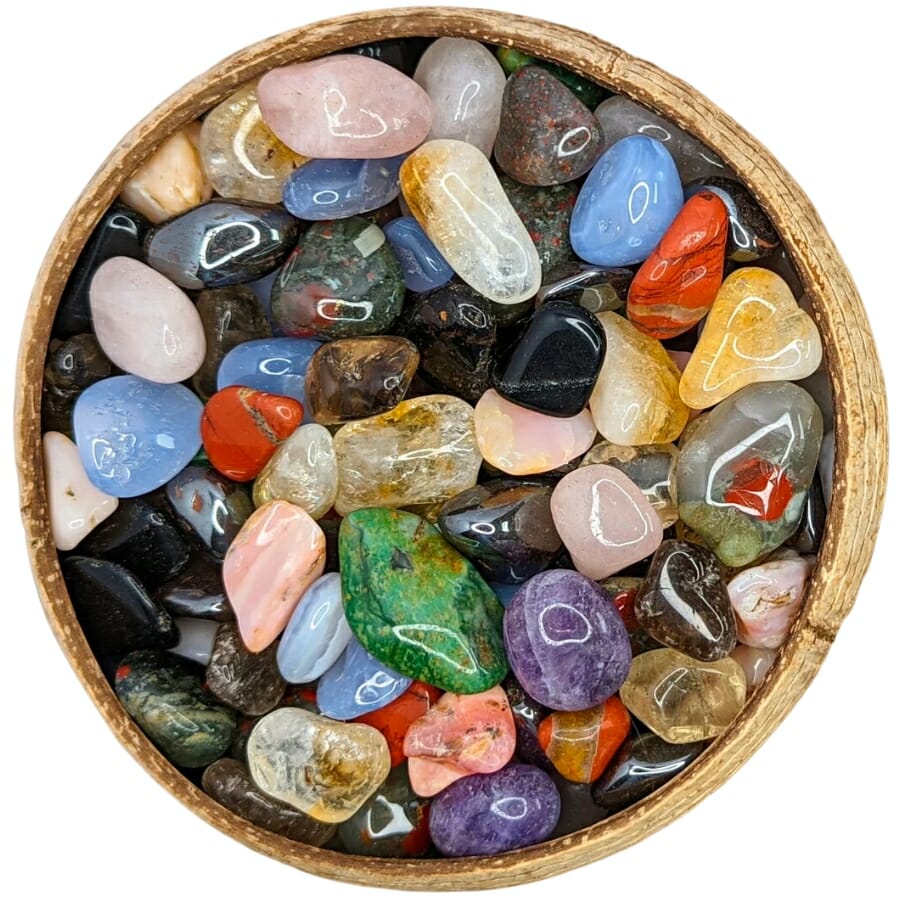
Just as there are many types of fruits like apples, bananas, and oranges, there are tons of different crystals. Each one is made up of different elements or combinations of elements.
For example, quartz is made up of silicon and oxygen. Another crystal you might’ve tasted before is halite— that’s just a fancy name for table salt. It’s made of sodium and chlorine.
In contrast, diamonds have a super simple composition. They’re made entirely of carbon. The unique arrangement of carbon atoms gives this gem its extreme hardness.
Streak – Diamond doesn’t leave a streak and will even scratch the plate
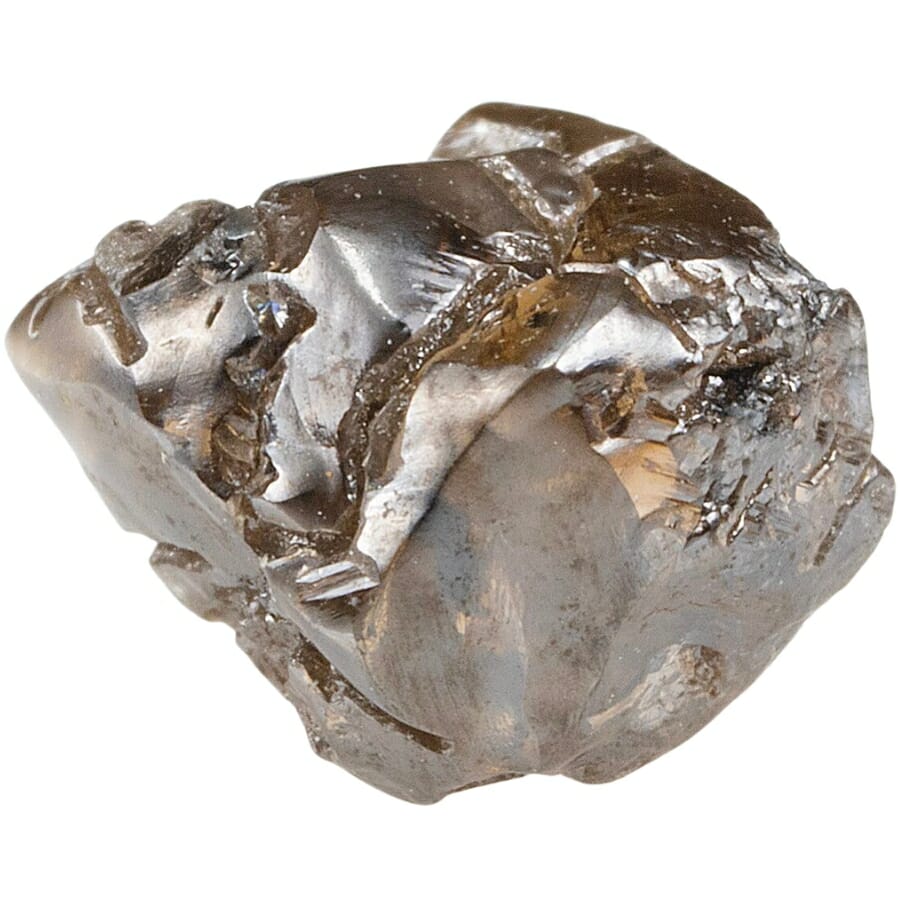
A streak is the color of the powder that a mineral leaves behind when it’s scratched against something rough, like a special plate called a streak plate.
For crystals, the streak can be a lot of different colors. It really depends on what the crystal is made of. For example, pyrite might look gold on the outside, but if you tried the streak test, it would leave a black or dark green streak.
Meanwhile, diamonds are the hardest natural thing on Earth. Because of this, they won’t scratch easily, and they won’t leave a streak on a streak plate.
In fact, if you tried to leave a mark with a diamond, you’d probably end up scratching the plate instead of the diamond leaving any powder behind.
Fluorescence – Crystals’ fluorescence varies
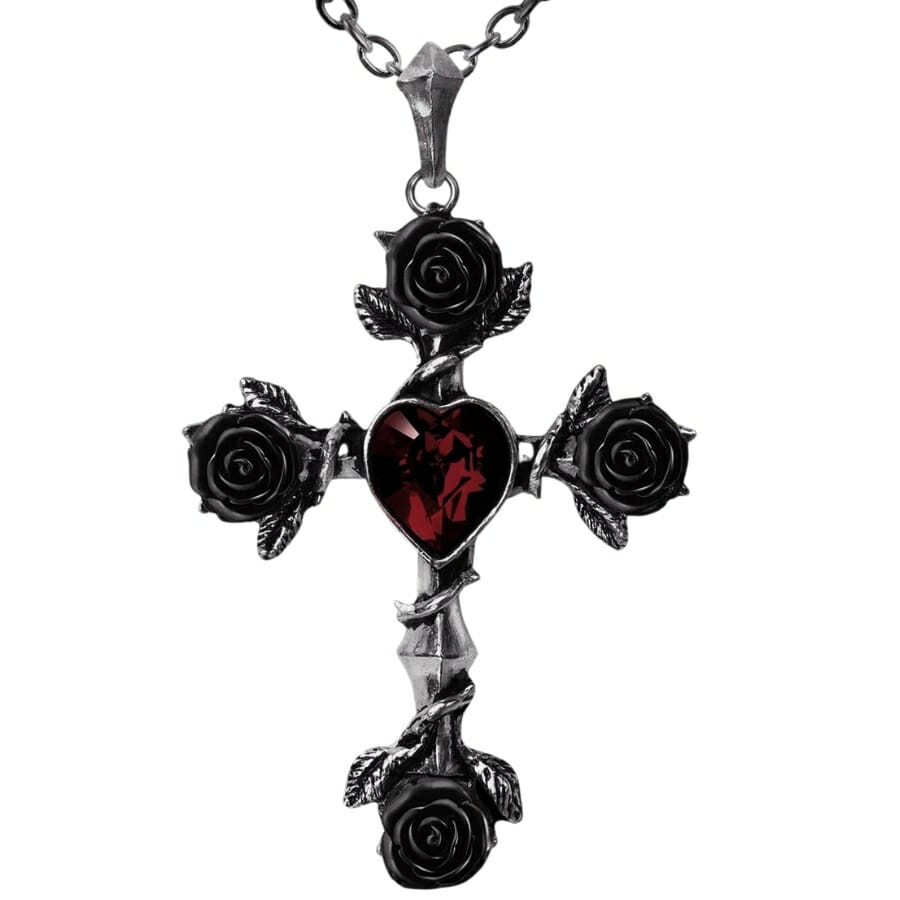
Fluorescence is the way certain minerals glow under specific light.
When we talk about crystals, we’re chatting about a broad group. A lot of different minerals can form crystals. Each of these can react differently under ultraviolet (UV) light, which is the light usually used to see fluorescence.
Some might glow, while others stay the same. The colors and intensity of that glow can also vary.
Diamonds, on the other hand, have a unique relationship with fluorescence. Some diamonds can glow when they’re put under UV light. Often, they’ll shine a blue color, but sometimes they might glow yellow, green, or even red.
This glow is caused by tiny bits of other materials inside the diamond, like boron or nitrogen. Not all diamonds show fluorescence, and the strength of the glow can be different from one diamond to another.
Hardness – Diamond is the hardest known mineral
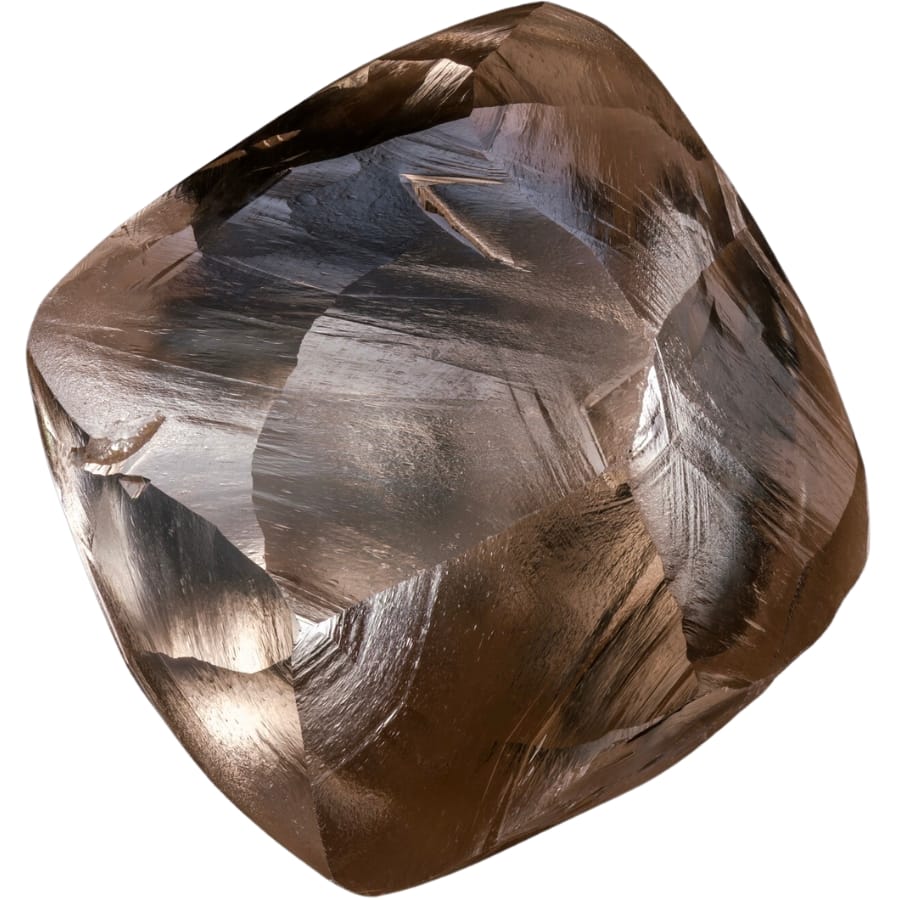
Hardness is a way to measure how scratch-resistant a rock or mineral is. Like when you compare a soft pillow to a sturdy brick wall: one is easily squished, and the other stands firm.
Some crystals might be as soft as your fingernail, while others can scratch glass! For example, the crystal talc is super soft, and you can easily scratch it with your nails. But then there’s quartz, a crystal that’s tough enough to scratch glass.
Onto the superstar of hardness, diamonds are at the top of the Moh’s scale of hardness. They are the toughest of the tough! They’re so hard that only another diamond can scratch them.
Density – Crystals have different densities
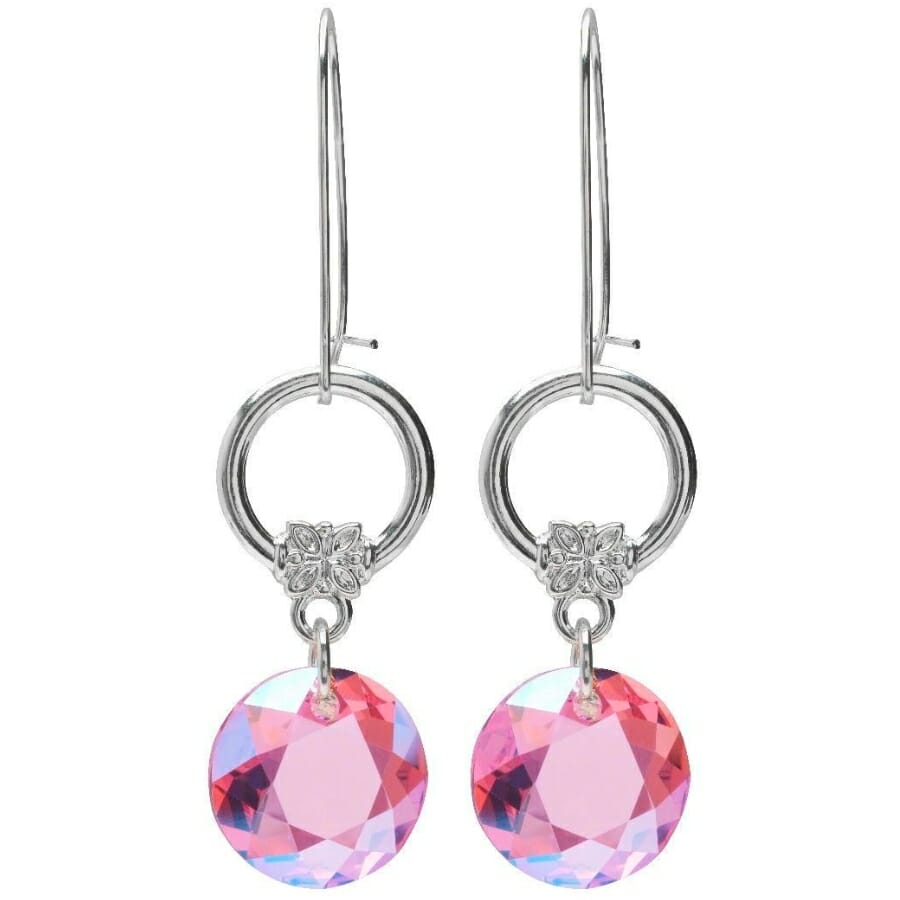
Let’s say you have two backpacks of the same size, but one feels way heavier than the other. The heavier backpack is more densely packed. In the world of minerals, density tells us how much stuff is packed into a specific space.
Crystals cover a big group, and different crystals have different compositions. This also means different densities.
For example, some crystals might feel lighter because their atoms aren’t packed as tightly. On the other hand, some crystals might feel surprisingly heavy for their size.
In comparison, diamonds are made entirely of carbon atoms, and they’re packed in a very particular way. This makes diamonds have a specific density, which is pretty high but not the highest among minerals.
Formation – Diamonds form from heat and pressure deep in the Earth
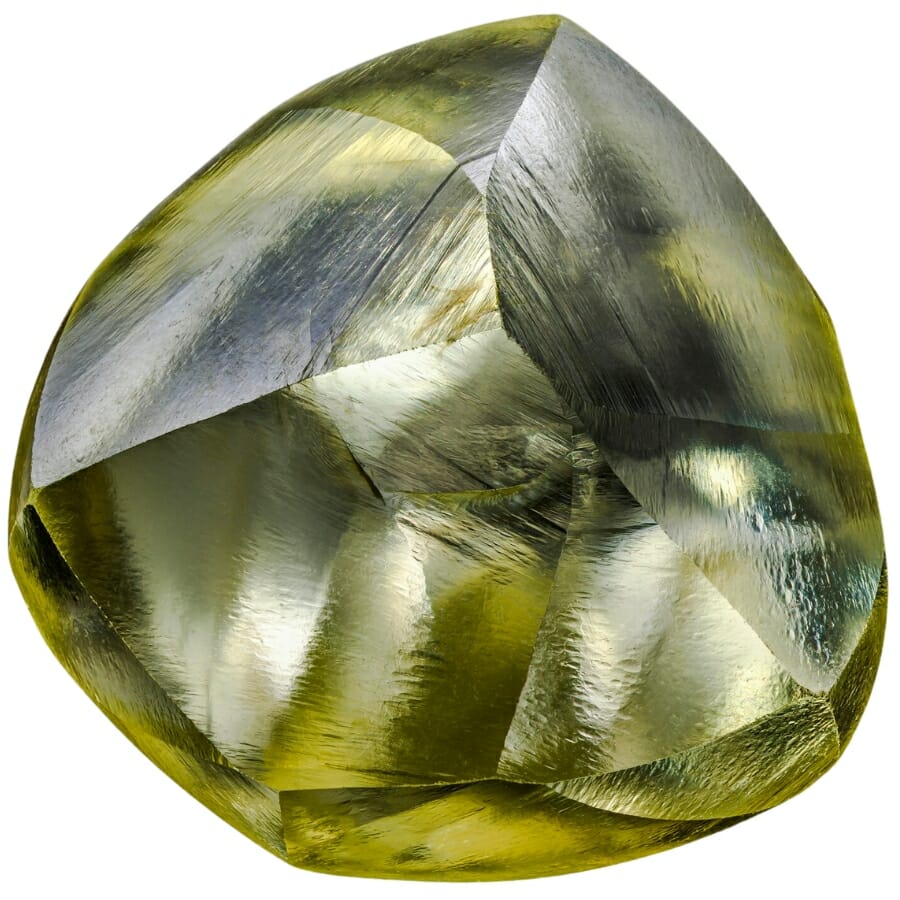
Crystals come in all sorts of types, each forming in its own special way. Some form when hot, molten rock called magma cools down and hardens.
Others might form when water with dissolved minerals evaporates, leaving the minerals behind. Imagine leaving a cup of saltwater in the sun, and after the water disappears, you see salt crystals!
Meanwhile, diamonds form deep down in the Earth, where it’s super hot and there’s a lot of pressure. Over a long time, carbon atoms get squeezed together to form them. Eventually, volcanic eruptions bring them closer to the surface for us to find.
So, while crystals can form in various environments like puddles, caves, or inside rocks, diamonds come from deep, fiery depths.
Location – Crystals can be found in all sorts of places

If you’re wondering where to find crystals, the good news is that you can find them in all sorts of places.
Some grow in cool, watery caves. Others might pop up in sandy deserts or at the bottom of a dried-up lake. Some even form deep inside big mountains! If you’re curious about where to go rockhounding for crystals, check out our article on that.
As for the best places to find diamonds, they’re found in countries in Africa, like Botswana and South Africa, which have big diamond mines.
Russia, Canada, and Australia are also top diamond spots. These places have special rocks called kimberlite pipes that carry diamonds from deep below to closer to the surface.
Price – Diamonds are more expensive

The different types of crystals each have their own price tag. Crystals like amethyst or rose quartz are fairly common. Since there are a lot of them and they’re easier to find, they don’t cost as much.
But others, like rare sapphires or emeralds, can be pricier because they’re harder to find and are in high demand. In general, the value of crystals varies depending on their type.
The price of diamonds, on the other hand, is famously high and there are a few reasons for this. First, they’re tough to find and dig up. Plus, getting them out of the ground in a safe and responsible way can be expensive.
Also, diamonds are popular for engagement rings, so lots of people want them. And when something is popular and in demand, its price can go up.
Again, while many crystals have a range of prices, often based on how common or rare they are, diamonds usually come with a higher price tag.
Magnetism – Crystals can be magnetic
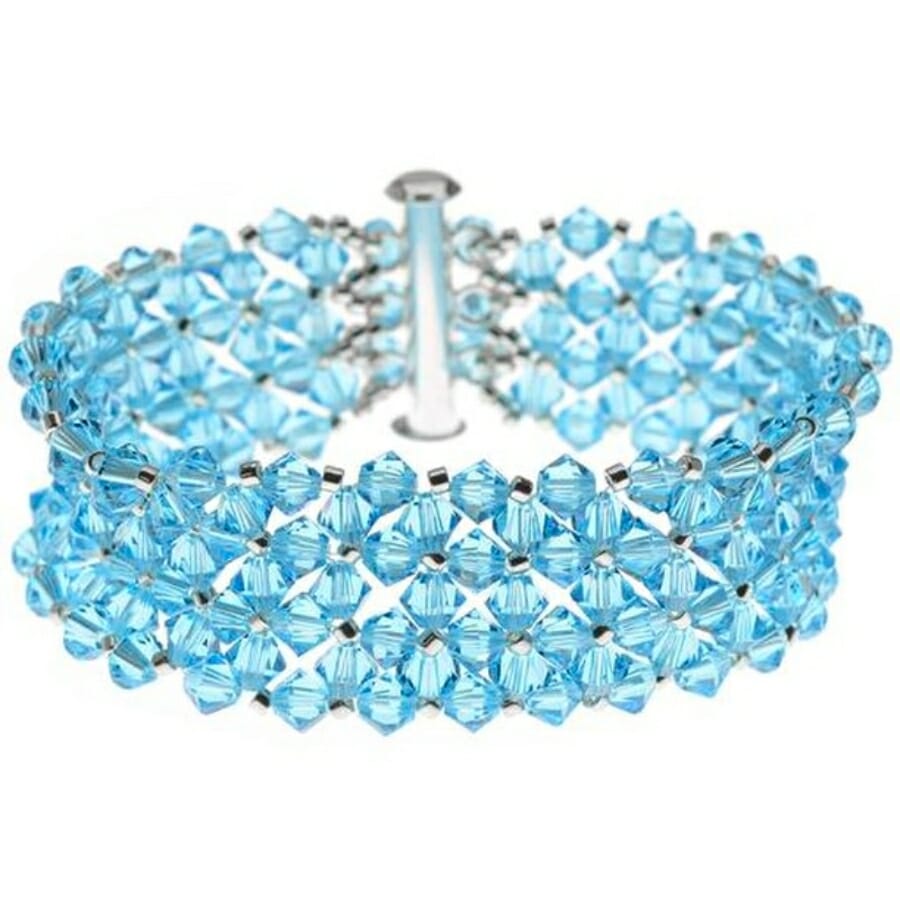
You know how some things stick to magnets and some don’t? That’s because of magnetism.
Some crystals can be slightly magnetic, which means they might feel a little tug from a magnet. For instance, magnetite is a crystal that’s naturally magnetic. However, many other crystals don’t feel a thing around magnets.
But what about diamonds? Diamonds are quite the non-magnetic stars in the mineral world. They usually don’t respond to magnets at all. If you held a magnet close, the diamond would just sit there.
In a nutshell: While some crystals, depending on their type, might react a little or a lot to magnets, diamonds generally give magnets the cold shoulder.
Conductivity – Pure diamonds are insulators
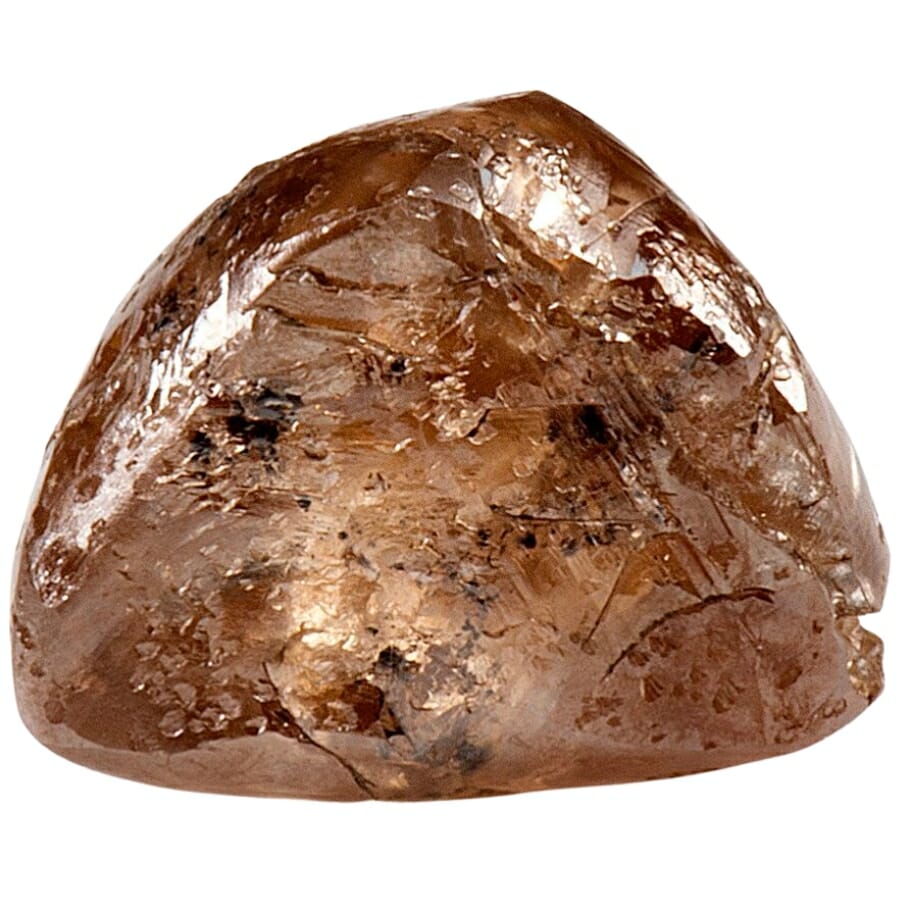
Different crystals have different abilities to let electricity pass through. Some crystals, especially metals like copper or silver, are fantastic conductors. Electricity flows through them like water through a river.
But many non-metallic crystals? Not so much. They often block electricity rather than let it flow.
As for diamonds, here’s something cool: they are made of carbon, and pure diamonds are actually excellent conductors of heat but not of electricity.
But wait, there’s a twist! If a diamond has some impurities (tiny bits of stuff that aren’t carbon) inside, it might conduct electricity a little bit. In general, though, if you tried to use a pure diamond as a wire, you’d be out of luck.
Crystal vs Diamond – The Similarities
In comparing diamond vs crystal, you’ll find out that they’re more different than they are alike, especially when it comes to the major characteristics we’ve shared above. This goes to show that not all rocks and minerals that look closely alike at first glimpse are indeed similar!
The Easiest Ways To Tell Crystal and Diamond Apart
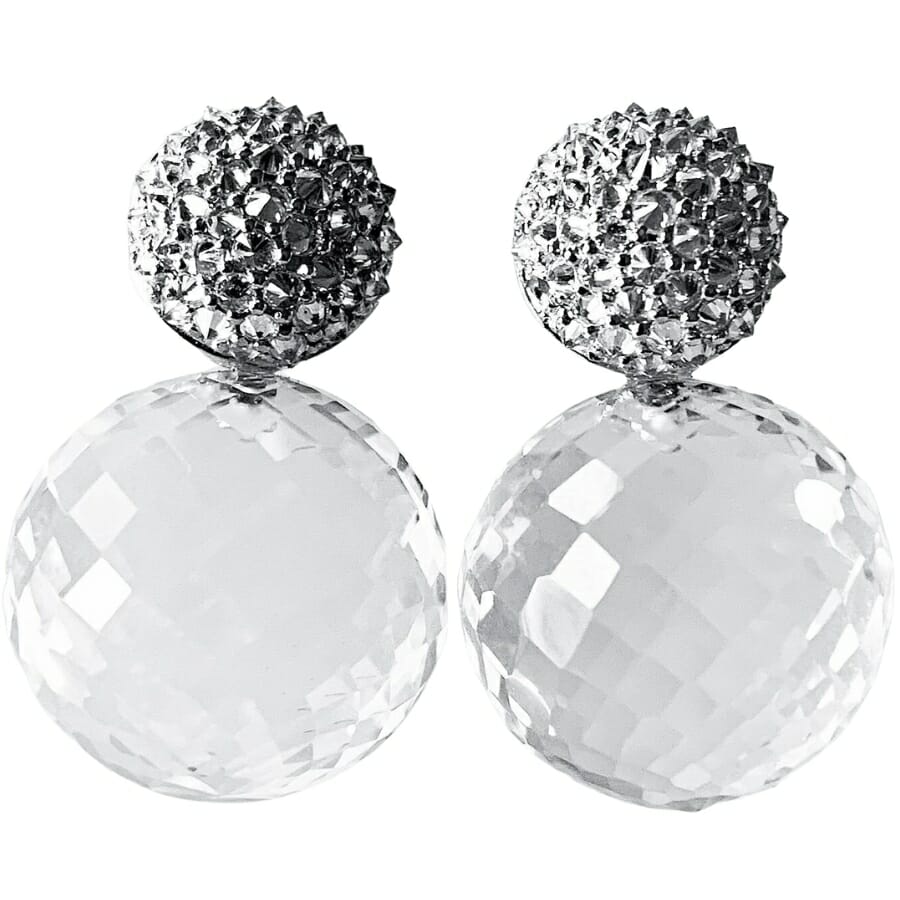
If you’re holding a specimen that’s more likely either a crystal or a diamond, how can you tell for sure what it is? Aside from observing the characteristics that we’ve discussed above, you can do some very simple tests and examinations, such as:
Observe its sparkle and shine
Diamonds are superstars when it comes to this. When light hits them, they break it up and send it bouncing back in all these beautiful, colorful rays. It’s like a mini rainbow inside!
Most crystals, on the other hand, don’t have the same kind of show-stopping sparkle. They might shine and shimmer, but they won’t give off that dazzling display of colors like diamonds do.
Test its hardness
If diamonds had a superhero name, it might be “Captain Hard-as-Rock!” They’re the hardest natural material we know of. If you try to scratch it with most other things, the diamond would come out on top, unscratched.
A lot of crystals, however, are softer. So, if you ever see a stone that’s easily scratched, it’s probably not a diamond.
Know the price tag and source
Real diamonds can be pretty pricey, especially the big, clear ones. So, if you’re finding “diamonds” at a super cheap price everywhere you go, you might be looking at crystals or even glass.
Real diamonds are more rare and often come with certifications and details about where they were mined.

